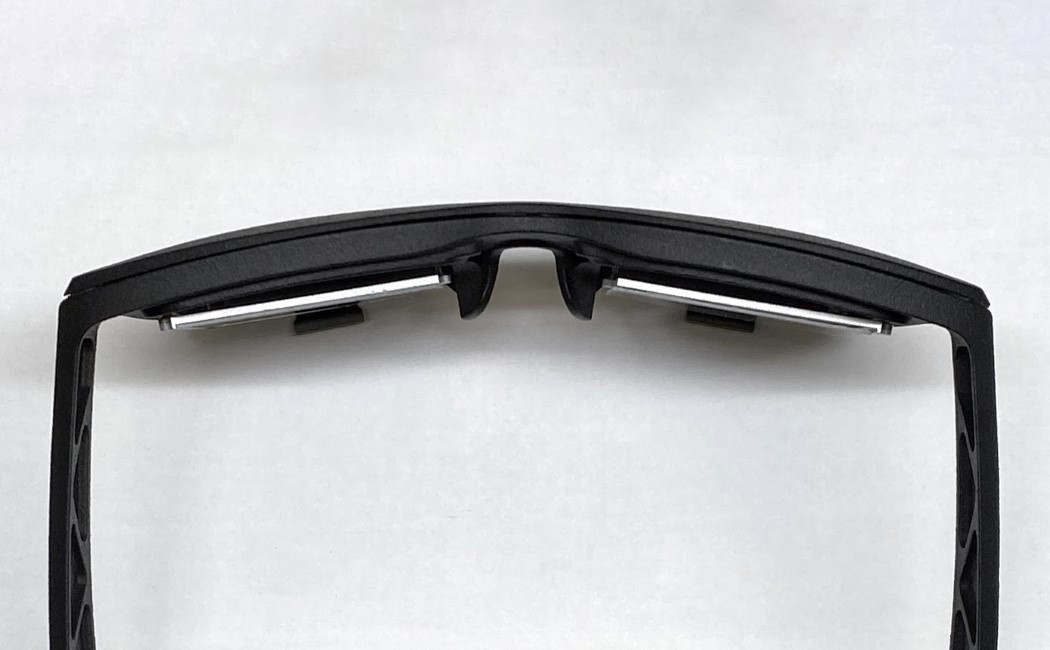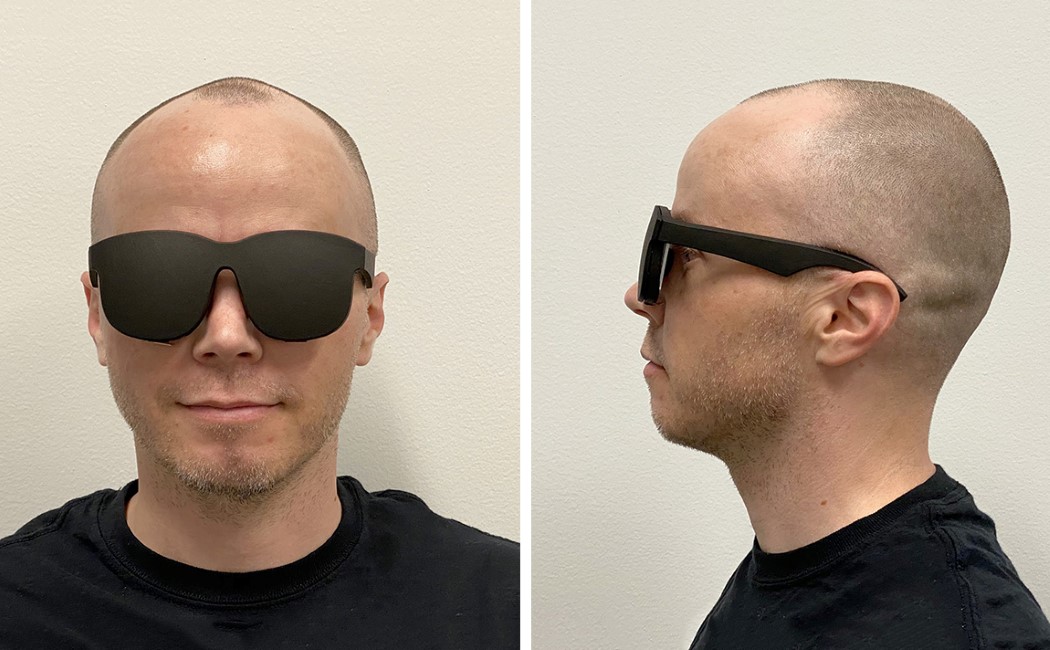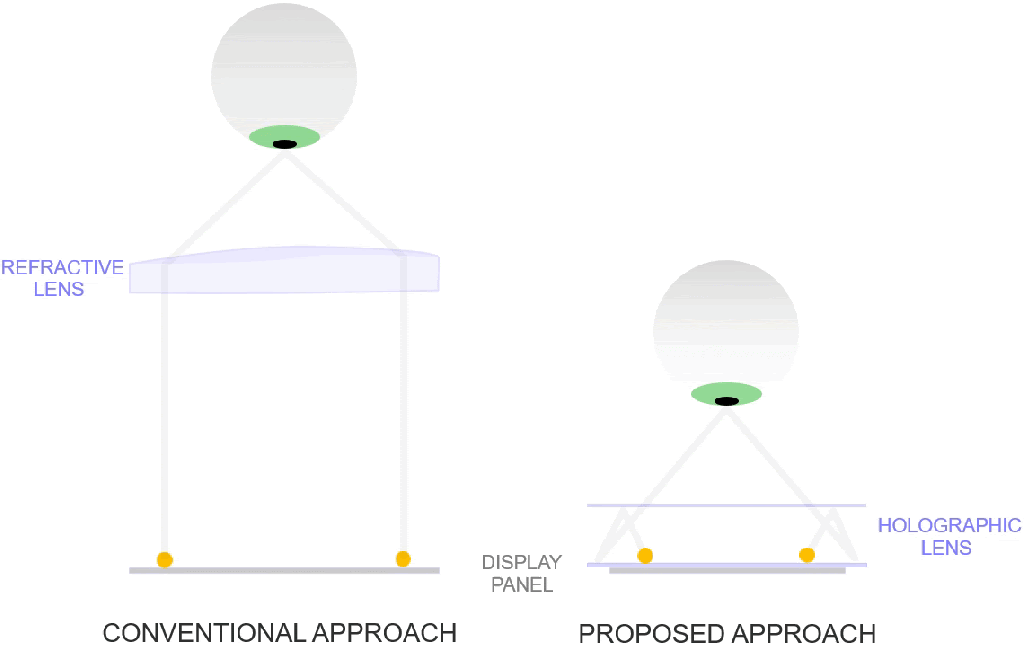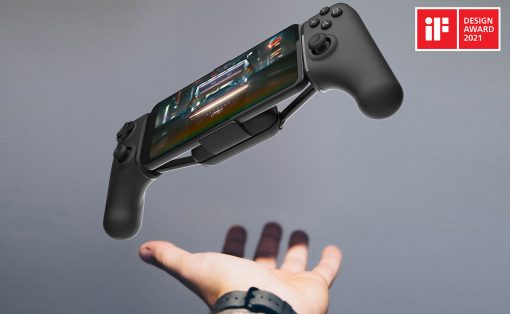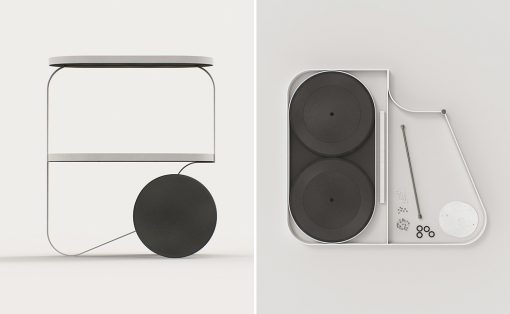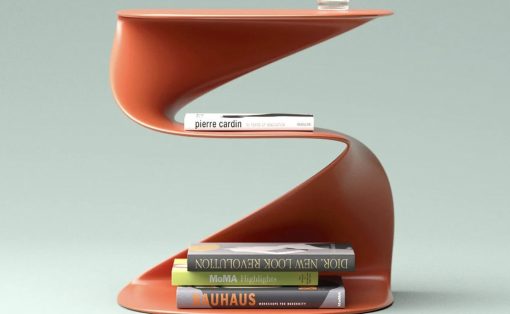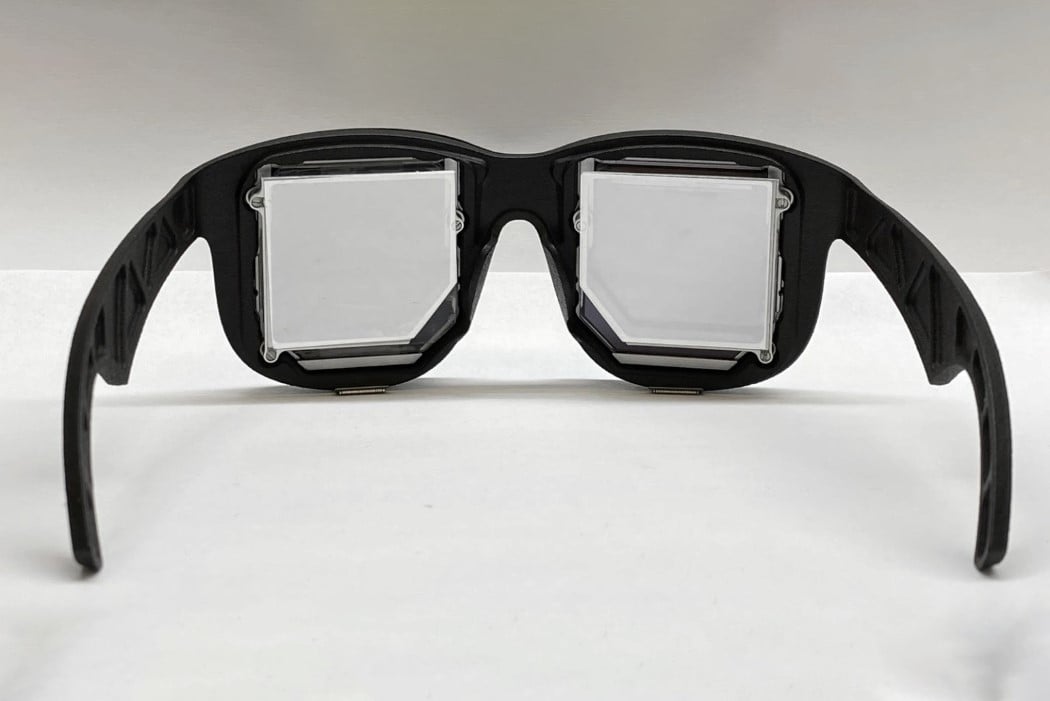
Looking at this rudimentary prototype, one wouldn’t assume that a device so thin could be Facebook’s new stab at a consumer-grade VR headset. The company only recently announced it would be terminating sales and support of Oculus Go, its affordable VR headset… and that left a pretty obvious void in Oculus’s catalog of products. The creative minds sitting in Facebook’s Reality Labs (FRL), however, have been working on making VR headsets less clunky/bulky, and more like something you’d want to carry around and wear at work or at home.
Demonstrated at this year’s virtual SIGGRAPH conference, Facebook Reality Lab’s latest prototype VR wearable is, to mildly put it, ridiculously thin, measuring at just around 9mm. Designed to look like a pair of wayfarers, these glasses actually hold display units inside them, and Facebook’s research in viewing optics technology has helped them condense the headset from something that feels like a toaster strapped to your face, to a pair of frames that look like a pretty slick pair of shades.
So how is this even possible? How did Facebook manage to shrink a state-of-the-art headset into something that’s 9mm thick? Well, FB’s research blog’s been kind enough to release a GIF that shows exactly how the spectacles create the illusion of distance between the eyes and the display. It’s sort of similar to how binoculars work, in which mirrors are used to make a beam of light take a longer path within a small chamber. FB’s prototype headset, however, doesn’t use mirrors, but rather relies on a holographic lens. You see, a VR headset has three main components – a source of light (e.g., LEDs), a display panel that brightens or dims the light to form an image (e.g., an LCD panel), and a viewing optic that focuses the image far enough away so that the viewer’s eyes can see it (e.g., a plastic lens). LED and LCD panels can easily be compressed into slim modules that are paper-thin, but the trick has always been to make lenses thinner, and to reduce the large gap between the lens and the image. The prototype headset’s revolutionary holographic lens achieves this impossible feat by not just being thin, but by also creating the illusion of distance in a way that feels like the screen, that’s literally right in front of you, is a couple of feet away (there’s a demo GIF below too). This headset, for now, exists only in a prototype stage as the guys at Facebook’s Reality Labs try to work out the kinks in the design, from creating LED/LCD panels that are high-resolution and eye-strain-free, to accommodating other components like chipsets and batteries into the headset’s slim design.
“While it points toward the future development of lightweight, comfortable, and high-performance AR/VR technology, at present our work is purely research. In our technical paper, we identify the current limitations of our proposed display architecture and discuss future areas of research that will make the approach more practical. To our knowledge, our work demonstrates the thinnest VR display demonstrated to date, and we’re excited to see what the future holds”, say the guys at FRL.
Designer: Facebook Reality Labs
